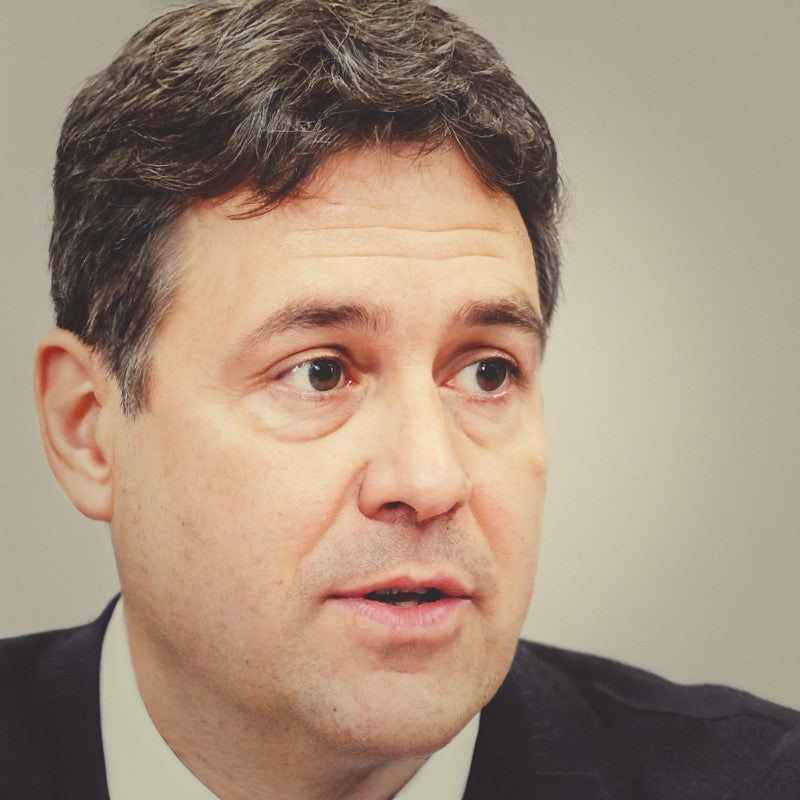"Making effective decisions" in the context of the Civil Service refers to the ability of civil servants to choose the best course of action after considering all available information and options. It involves understanding the situation, gathering relevant data, identifying various possible solutions, and then selecting the one that best meets the objectives.
In the Civil Service, making effective decisions is crucial because it impacts public services and policies. It's not just about making quick choices; it's about making the right choices that will benefit the community and the country.
Civil servants need to weigh the pros and cons, think about the long-term effects, and also consider the needs and expectations of the public when making decisions. This ensures that the actions taken are in the best interest of all citizens and that resources are used wisely and efficiently.
Click here to see 5 example statements for the Making Effective Decisions competency
Crafting a 250 Word Statement Using B-STAR
The B-STAR technique is a structured approach that can be particularly useful in crafting compelling statements for a civil service job application, especially when you're asked to demonstrate your competencies or experiences. Let's break down the B-STAR technique and see how it can be utilized in a 250-word statement:
Belief: Start by stating a belief or principle that guides your actions. This sets the tone and provides context for what motivates you.
Example: "I firmly believe in maintaining a high level of accuracy and attention to detail in all administrative tasks..."
Situation: Describe a specific situation or challenge that you faced, which is relevant to the competency or experience you're trying to demonstrate. Be concise but ensure it sets a clear picture of the scenario.
Example: "...In my previous role as an Administrative Assistant, our team was tasked with managing a database that was crucial for the monthly billing process..."
Task: Clearly outline the task or responsibility that you had in the situation. Be specific about your role and what was expected of you.
Example: "...I was responsible for ensuring that all data entries were accurate and updated timely to avoid any discrepancies in the billing process..."
Action: Describe the actions you took to address the situation or task. Highlight the skills and behaviors you demonstrated, and be specific about what you did.
Example: "...I implemented a two-step verification process for all data entries and conducted weekly audits to identify and rectify any errors promptly..."
Result: Explain the outcome of your actions. Whenever possible, quantify the results to demonstrate the impact of your actions.
Example: "...As a result, the error rate in the database reduced by 60% over three months, ensuring more accurate and efficient billing processes..."
In a 250-word statement for a civil service job application, utilizing the B-STAR technique ensures that you provide a well-rounded example that showcases your beliefs, the context in which you have operated, the tasks you've undertaken, the actions you've implemented, and the results of those actions. This technique allows you to present your experiences in a clear, logical, and impactful manner, making it easier for the hiring team to understand and assess your suitability for the role.
'Making Effective Decisions' - 250 Word Statement Example
Belief: I believe that effective decision-making is pivotal in leading a team successfully, especially in a customer service environment where timely and judicious choices directly impact customer satisfaction and team morale.
Situation: In my role as a Team Leader, we encountered a challenging period where we were experiencing a 30% increase in customer complaints due to a new release, which was not only straining our team but also risking customer loyalty and trust.
Task: My task was to navigate through this surge effectively, ensuring that the team was not overwhelmed, customer complaints were addressed satisfactorily, and that we could prevent such a situation from arising in the future.
Action: I took a multifaceted approach: Firstly, I re-allocated resources and introduced a rotation to manage the increased workload, ensuring no single team-member was overburdened. Secondly, I liaised with the product team to understand the common issues with the new product and developed a quick-reference guide for the team to handle complaints more efficiently. Thirdly, I initiated a daily huddle to discuss challenging cases and share knowledge among the team, fostering a supportive environment. Lastly, I communicated with the customers through newsletters, acknowledging the issues and outlining the steps we were taking to resolve them.
Result: These actions resulted in a 40% reduction in complaints within the first month and enhanced the team’s capability to manage and resolve issues quicker. Moreover, the team reported feeling more supported and less stressed, even in a high-pressure situation, and customer feedback indicated appreciation for our proactive communication and problem resolution.


